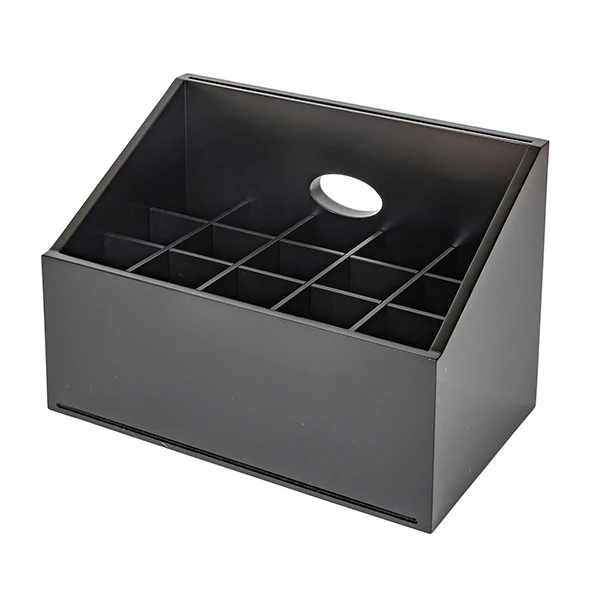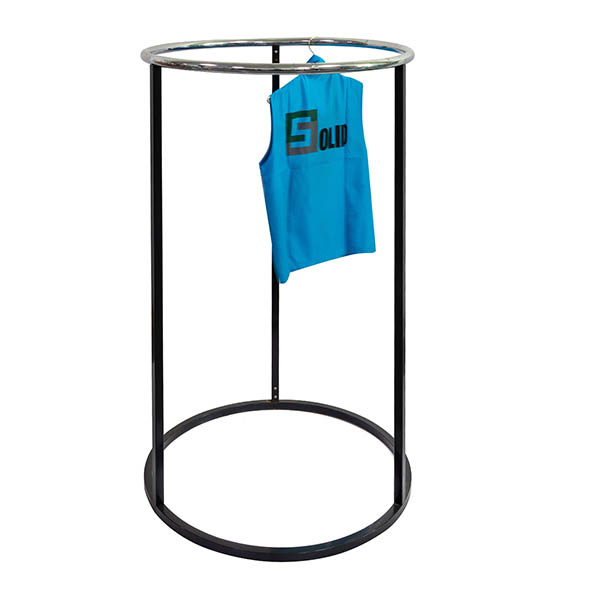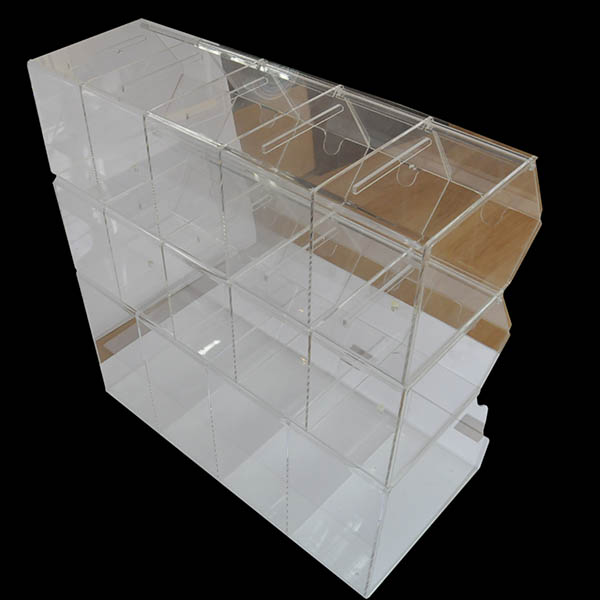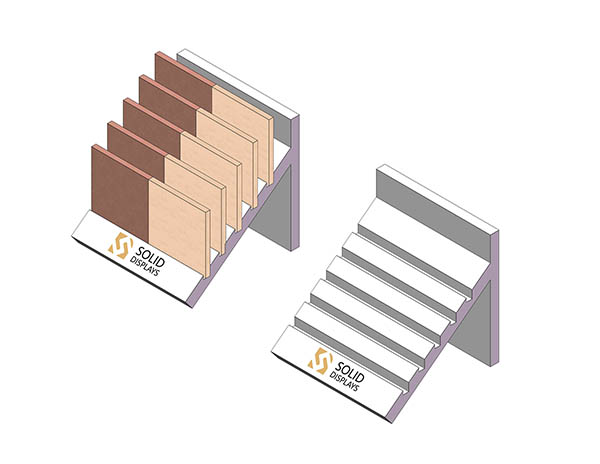How to Design a Customized POP Display?
The most important thing in retail is to get attention from customers in the dynamic industry. This has been an easy task for Solid Displays to achieve, especially by coming up with a POP display stand for oneself that is designed in a creative way. A good POP display can work as a powerful marketing tool in enhancing increased sales and intensifying more about reach of a brand. Below is the best practice conversation of some important considerations on how to design a tailor-made POP display that relates to your target customers.

Importance of POP Displays
Pop display means a point of purchase display shortened form. This is one of the most effective ways to create impulse buying in customers. It is displayed strategically in a retail space, especially at the point of purchase, so as to take advantage of the impulsive nature of the shoppers in purchasing. Good pop displays increase product visibility, showcase unique features, and make a lasting shopping experience.
Clarify Your Objectives
A clear definition of objectives is imperative before designing the POP display. Some factors to think about are the main purpose of the display (to promote a new product, to highlight a seasonal offering, or to drive a particular item's sales), the target audience, and the desired outcomes (increased sales, better brand recognition, or customer involvement and interaction).
Market Research
Thorough market research is imperative for crafting a customized POP display that resonates perfectly with the target audience. Analyzing industry trends, consumer preferences, and competitor strategies provides invaluable insights into the desires and pain points of the target customer base. Armed with this information, informed decisions can be made regarding design, ensuring that your POP display meets all audience needs and expectations.
Choosing the Type of Display
There exist several types of POP displays. Each type has a unique set of features and benefits. Some of the most common options are:
- Freestanding displays: Self-contained fixtures that can sit in high-traffic areas within the retail space.
- Countertop displays: Small and attention-getting, they often hold small products or impulse items.
- Hanging displays: These are hanging from the ceiling or mounted on walls to show products effectively using the vertical space.
- Endcap displays: These are displayed on aisle ends, and the basic idea is that they attract the attention of customers as they move from one aisle to the next.
So, choose the display type with due care after evaluating the available options and considering your objectives, product characteristics, and the physical layout of your retail space.
Designing the Visual Elements
The visual elements in your pop display are very important as these elements will help to get the customers' attention and convey your brand message. Design the following details:
- Branding and Imagery: Use your brand's visual identity, such as logos, colors, and imagery, to create a unified and consistent design for the display.
- Lighting: Lighting can bring out the particular highlights of a product, set the overall mood, and direct the eye to a particular spot.
- Signage and Graphics: The signage of the display and the graphics on it should be clear and concise and should easily deliver all product-related information and promotional messages.
- Dimensional Elements: You may add a few three-dimensional elements to your display, which can be product samples or interactive features to give some depth and tactility to your display.
Make the overall design of the display very arresting in appearance, reflecting your brand identity and conveying the salient message you wish to communicate.
Optimizing Functionality and Accessibility
Functionality and accessibility, along with visual appeal, are equally significant. Consider the following while designing:
- Product Placement: Place products in the most effective way in your display — where they can be maximally noticed and easily accessed by customers for purchase.
- Ergonomics: The customer must easily and comfortably choose the right product without any hassle. The display must allow the customer to easily touch, feel, or pick products that they are interested in.
- Accessibility: The customer should be able to get to and choose their displayed products without a problem. This means considering every type of customer, including those with disabilities or special needs.
- Restocking and Maintenance: Features for easy restocking and maintenance must be available. This ensures that the display remains attractive and properly stocked throughout its lifecycle.
By paying attention to functionality and accessibility, you'll be able to deal with customer needs and keep up with the functionality part of the display.
Incorporate Interactivity and Engagement
Consider including interactive features in your POP display to make it engaging to the customer, as follows:
- Interactive product demos
- Touchscreen with product information or customization
- Augmented reality for virtual "try-on" or product interaction
- Gamification or contests to get a reaction from a customer
By incorporating these interactive elements, you can foster a deeper connection between your brand and the customer, ultimately driving increased engagement and sales.
Measuring and Optimizing Performance
Continue to monitor and test the performance of your POP display. To keep it efficient, you can track the following metrics:
- Foot traffic and customer engagement
- Sales conversions and revenue generated
- Customer feedback and satisfaction
- Inventory turnover and restocking requirements
Measure these and further analyze them to detect any points of improvement; decide on making a change to the design, adjust the product mix, or implement new interactive features. Regular optimization will keep your POP display relevant and on track with the changing retail environment.
Conclusion
The POP display design is a strategic and multi-layered task. By understanding the importance of POP displays, defining clear objectives, doing thorough market research, and carefully considering the visual elements, functionality, and interactivity, you will be able to design a POP display that captures your target audience and drives measurable business results. Continuous monitoring and optimization will ensure that your POP display remains a powerful tool in your marketing arsenal.
Related Posts
Which Materials Are Best for Custom POP Displays?





